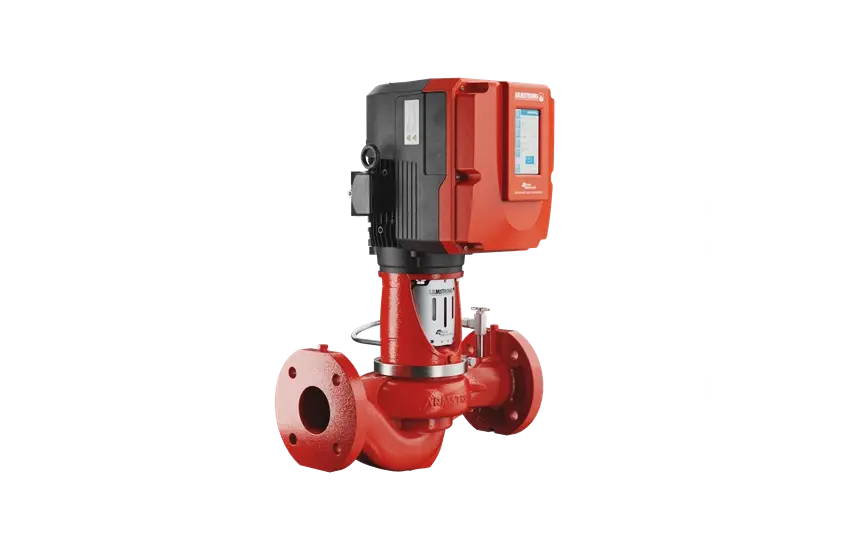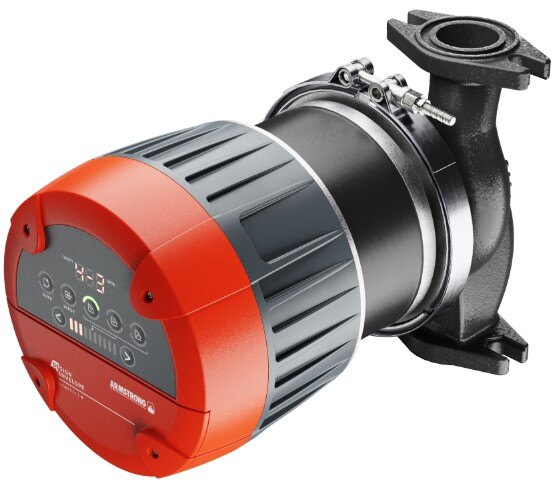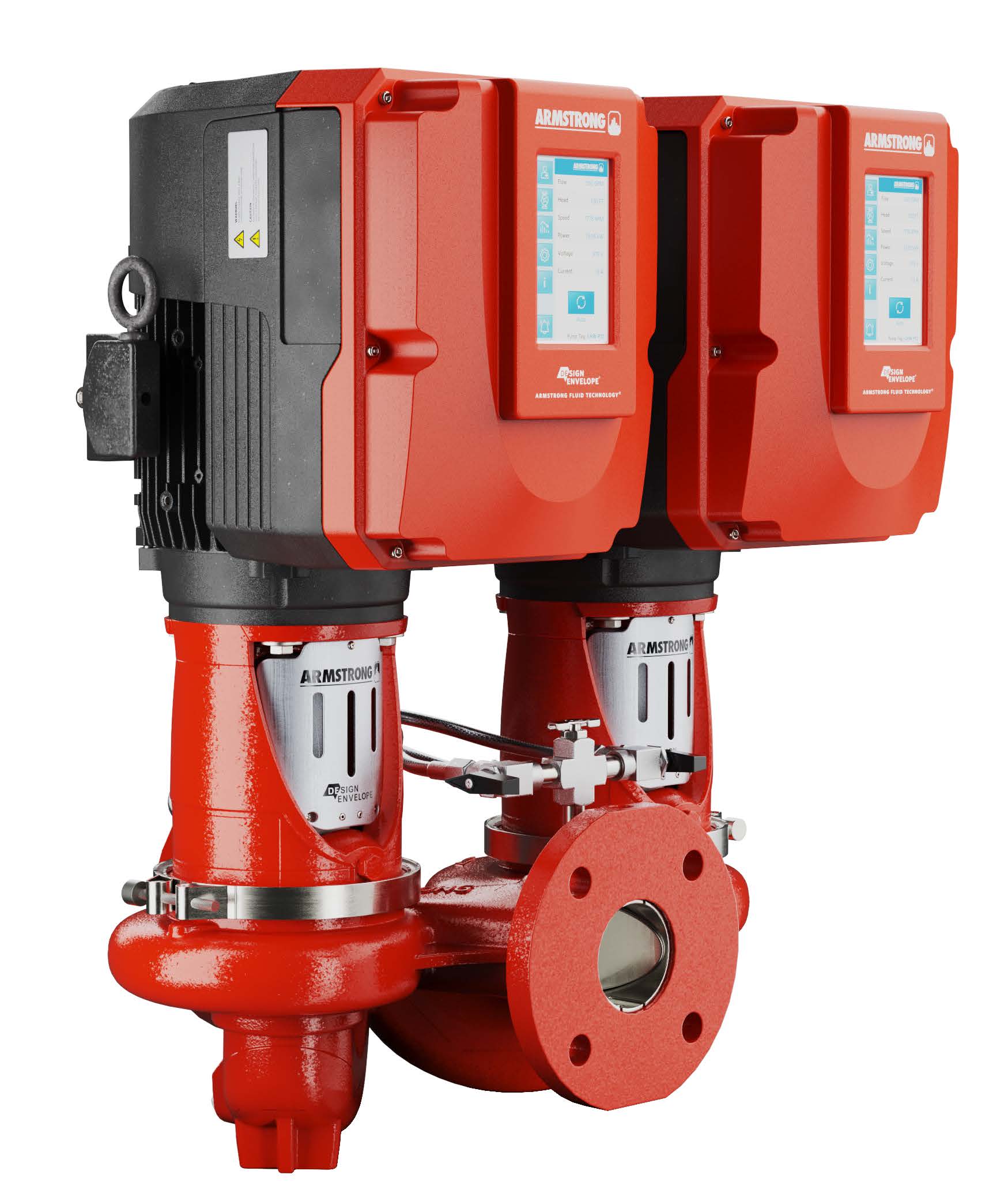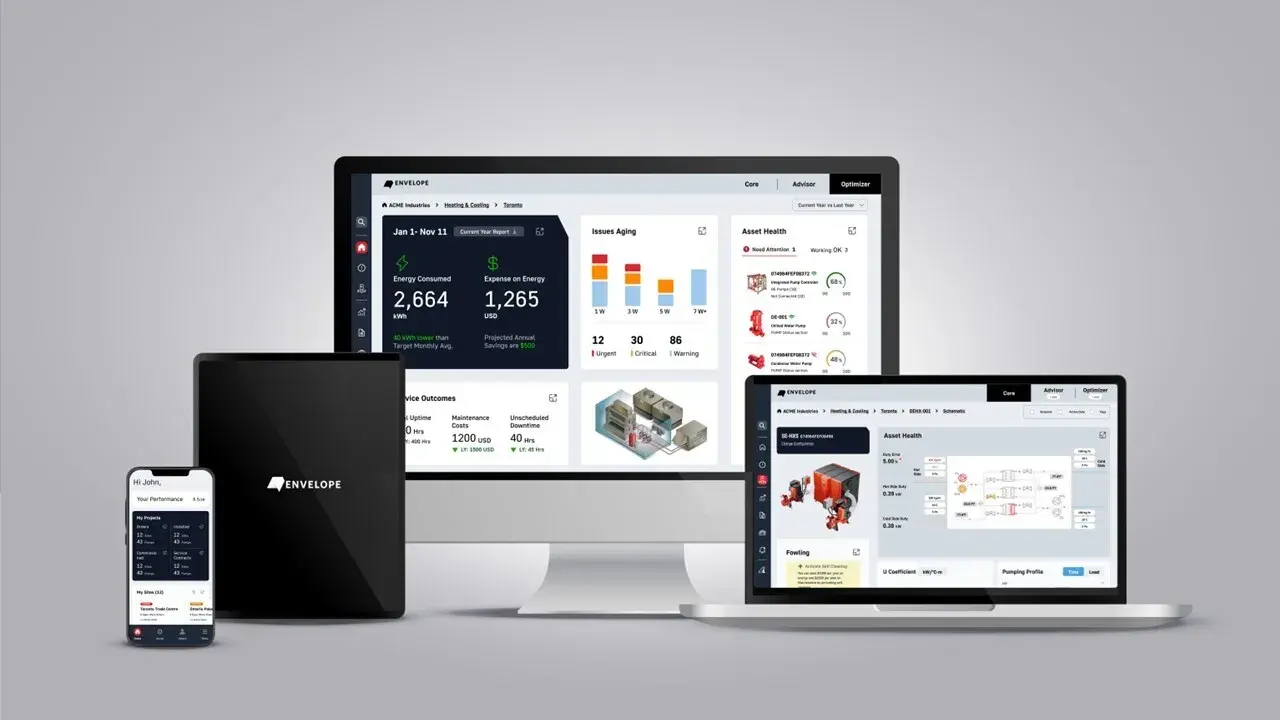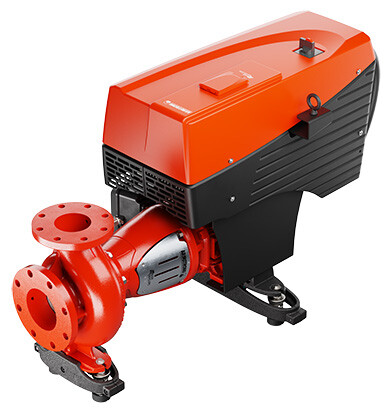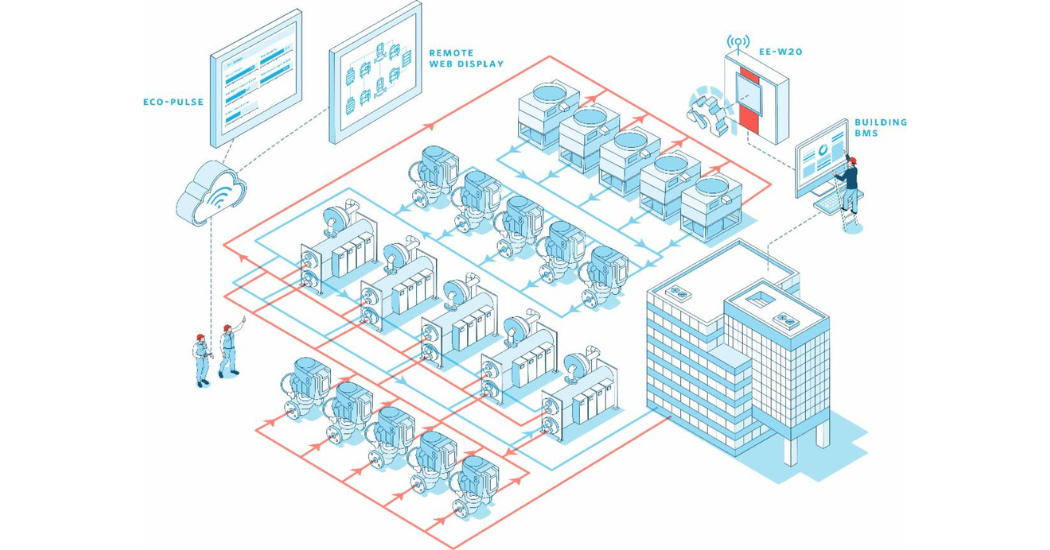In the world of commercial HVAC systems, energy efficiency is no longer a luxury—it’s a necessity. As building managers and facility engineers strive to reduce operational costs, comply with energy regulations, and meet sustainability goals, upgrading to smarter and more efficient equipment becomes a top priority. One such upgrade that delivers remarkable returns on investment is the installation of Armstrong circulator pumps.


